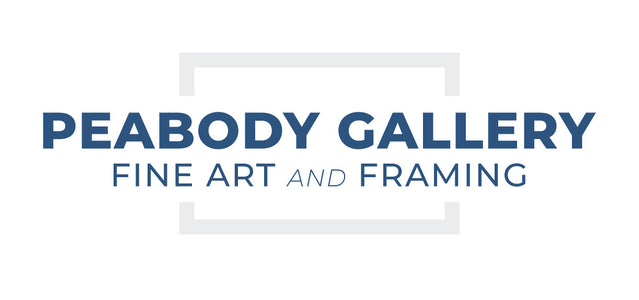 In late 19th Century Paris, there was an influential art dealer by the name of Ambroise Vollard who represented many of the then unknown Impressionist painters—before they called it Impressionism. When selling the works, he used to insist the patron was seeing ‘too much’ of the painting by staring right at it. He would take a small card, poke a hole in it with a pencil and make the patron stand back, and view the painting through the tiny aperture in the paper.
In late 19th Century Paris, there was an influential art dealer by the name of Ambroise Vollard who represented many of the then unknown Impressionist painters—before they called it Impressionism. When selling the works, he used to insist the patron was seeing ‘too much’ of the painting by staring right at it. He would take a small card, poke a hole in it with a pencil and make the patron stand back, and view the painting through the tiny aperture in the paper.
“You see?!” he would exclaim, ‘one needs only the essence of the scene to understand the emotion.”
Flohr’s work does that without the card.
We see and feel and hear the essence of the scene as though looking at it through a small hole. But in this case, the hole has tiny tears in it. That’s what takes us into an improvisation of the scene. Our imagination. So that every time we come back to the painting, we see something different.
But Flohr sees to it that we stay in the chords.
Michael Flohr, one of Southern California’s hottest young ‘urban’ artists, has started to carve a niche for himself as an ‘urban painter.’ His work, actually the artist himself, is more than that: Flohr not only captures scenes of city life with his work, the work succeeds in imparting to the viewer the ‘feel’ and the ‘rhythm’ of the city.
Cities—especially vibrant ones such as Flohr’s most oft-used choice, San Francisco—have a current. A pace. A ‘groove’. And as much as we like to associate “I Left My Heart In San Francisco,” with that city, when we go there at night, we just don’t hear Tony Bennett in our minds. We hear something a little more frenetic. A little more ‘allegretto.’ We hear Coltraine. We hear Dizzy. We hear Jazz.Flohr’s work, in my mind, is the visual equivalent of Jazz music. Jazz takes an eight or sixteen bar phrase, establishes it as a theme, then strays into an improvisational interpretation of that theme by seeing how far out it can get while still staying in the chords—which, by the way, is the origin of the 60’s hippy phrase, ‘far out’. Flohr’s work does that, too.
Michael Flohr's paintings are a patchwork of avant-garde, impressionistic color exhibiting a stylistic fortitude that succeeds in redefining impressionism and abstract expressionism. Depicting ordinary moments in extraordinary ways, Flohr's work displays an artistic mastery of color, perspective, technique and vision. "I have a huge passion to record humanity on canvas, the good and the bad, it is all beautiful to me."
